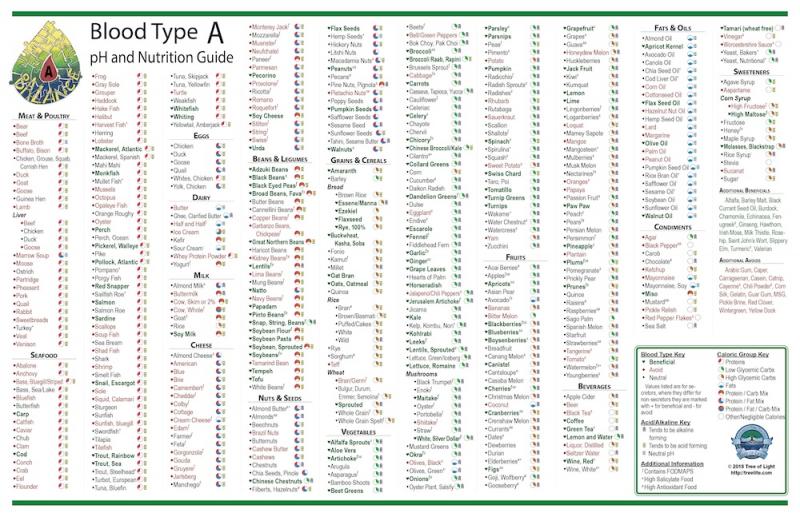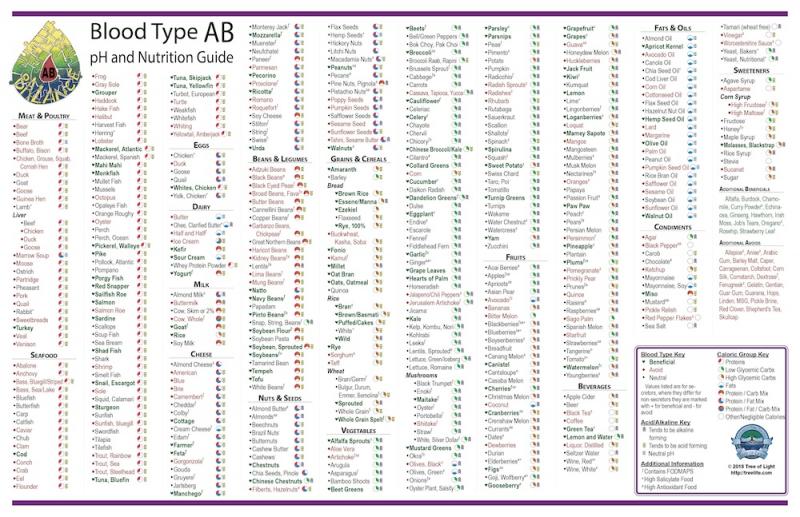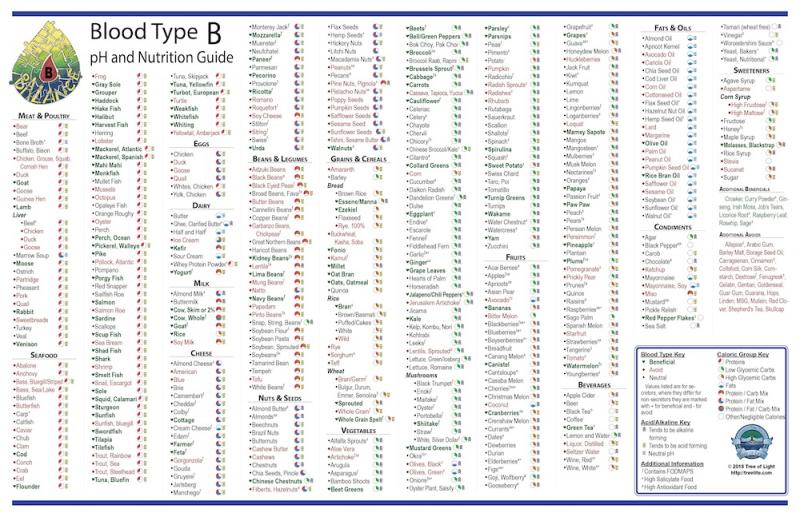 A healthy diet is one of the foundations of good health and an important component of healing from all chronic and degenerative diseases. However, when it comes to diet, no one diet fits everyone's health needs. Blood type is one clue to understanding which foods are helpful for an individual's health. We have created a page of resources to learn more about the Blood Type Diet and how it can support health maintenance and disease recovery.
A healthy diet is one of the foundations of good health and an important component of healing from all chronic and degenerative diseases. However, when it comes to diet, no one diet fits everyone's health needs. Blood type is one clue to understanding which foods are helpful for an individual's health. We have created a page of resources to learn more about the Blood Type Diet and how it can support health maintenance and disease recovery.
The blood type diet, however, is just one key to a healthy diet. Other principles include balancing one's intake of fats, proteins, and carbohydrates, and avoiding high-glycemic carbohydrates in favor of low-glycemic carbohydrates. Another key is acid-alkaline balance.
To simplify the job of teaching clients about nutrition, we created four charts, one for each of the four blood types. These charts also provide information about pH balancing, zoning one's diet (balancing fat, protein, and carbohydrate intake), FODMAPs, and salicylates. Explanations of all of these dietary factors can be found on the back of the chart.
They are available as individual laminated charts or in pads so you can give a non-laminated copy to clients as part of a consult.
About the Charts
 Each laminated chart indicates which foods are beneficial, neutral, or avoid for that blood type. Beneficial foods act like a medicine to improve the health of people with that blood type. Neutral foods simply supply nutrition. Avoids are foods that may cause problems for people with that blood type if over-consumed. Generally speaking, no more than 20% of the diet should be avoids. However, if one is recovering from auto-immune problems, allergies, or trying to lose weight, it's best to eliminate all foods labeled avoids.
Each laminated chart indicates which foods are beneficial, neutral, or avoid for that blood type. Beneficial foods act like a medicine to improve the health of people with that blood type. Neutral foods simply supply nutrition. Avoids are foods that may cause problems for people with that blood type if over-consumed. Generally speaking, no more than 20% of the diet should be avoids. However, if one is recovering from auto-immune problems, allergies, or trying to lose weight, it's best to eliminate all foods labeled avoids.
Certain supplements are also helpful for typical health problems found in each of the blood types. Each blood type may also benefit from different exercise programs and lifestyle changes, as well as different ratios of fat, protein, and carbohydrate intake. An explanation of how blood type affects a person's health is found on the back of the chart and includes supplements that are typically beneficial.
 To support balancing the pH of the body, the charts also indicate whether each food is acid or alkaline-forming. Most experts on the subject suggest that one's diet should be 60-80% alkaline-forming foods.
To support balancing the pH of the body, the charts also indicate whether each food is acid or alkaline-forming. Most experts on the subject suggest that one's diet should be 60-80% alkaline-forming foods.
The charts are also color-coded to help clients balance their food intake. Proteins are shown in red, fats in blue, high-glycemic carbohydrates (which should be avoided) in brown, and low-glycemic carbohydrates (the good kind) in green.
The supplement information is based on the clinical experience of Kimberly Balas, N.D., who has worked personally with Peter D’Adamo. The information she provided was based on more than five years of clinical experience with blood type counseling.
Blood Type Charts and Tablets
 You can purchase individual laminated charts for each of the blood types using the links below.
You can purchase individual laminated charts for each of the blood types using the links below.
- Blood Type O Chart from Simplee Natural or Amazon
- Blood Type A Chart from Simplee Natural or Amazon
- Blood Type B Chart from Simplee Natural or Amazon
- Blood Type AB Chart from Simplee Natural or Amazon
- A bundle of all four charts from Simplee Natural
The pH and Blood Type Charts are also available in tablet form, with 25 paper copies of each blood type. These can be given to clients in a consultation or sold to customers. These charts make it quick and easy to counsel people about nutrition without having to spend additional time in your consultation or go through years of training.
- Blood Type O Pad from Simplee Natural or Amazon
- Blood Type A Pad from Simplee Natural
- Blood Type B Pad from Simplee Natural
- Blood Type AB Pad from Simplee Natural
- A bundle of all four pads from Simplee Natural






